Why is the pound plunging on 30th anniversary of Black Wednesday?
The timing could hardly have been more appropriate. On the 30th anniversary of sterling being ejected from Europe’s exchange rate mechanism, the pound came under renewed pressure on the currency markets and hit its lowest level against the US dollar in 37 years.
Black Wednesday – 16 September 1992 – has a special place in British postwar economic history: a moment in which the Treasury and the Bank of England took on speculators led by George Soros – and lost.
There will be no such dramatic shootout this time because the ERM debacle marked the end of Britain’s attempts to maintain the pound at a fixed rate against other currencies. Ever since, sterling has been allowed to find its own level.
Even so, its recent slide against its US counterpart has started to raise eyebrows in the financial markets, where there is increasing talk that it might approach one-for-one parity against the dollar for the first time since early 1985.
As was the case in the mid-1980s, the strength of the dollar is part of the story. In times of heightened uncertainty, there is a tendency for investors to park their money in the world’s main reserve currency, and a slowing global economy, rising inflation and the war in Ukraine have generated a risk-averse atmosphere.
Aggressive interest rate decisions by the US’s central bank, the Federal Reserve, have pushed the dollar even higher. After underestimating the strength of inflation, the Fed is now playing catch-up.
Stronger than expected US cost of living data this week means the central bank is certain to raise interest rates by 0.75 percentage points next week, and some on Wall Street think it may opt for a full 1.0 percentage point increase. Higher interest rates make the dollar more attractive to
Read more on theguardian.com


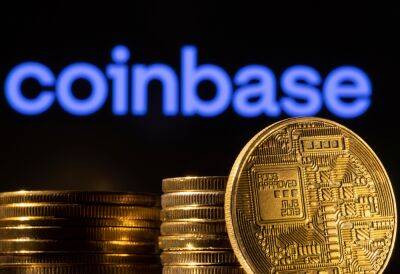

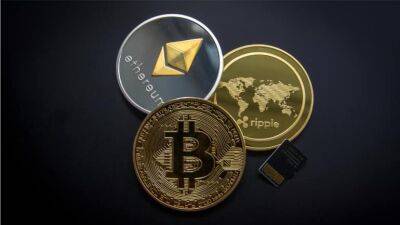
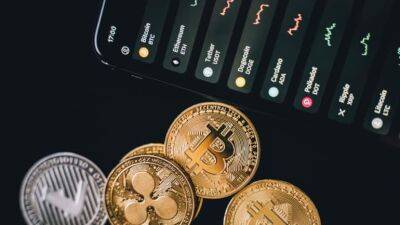
![Solana [SOL] presents an attractive risk-to-reward buying opportunity, but…](https://finance-news.co/storage/thumbs_400/img/2022/10/11/44363_a2j.jpg)
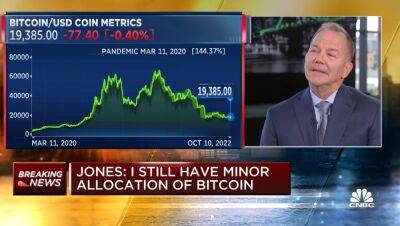

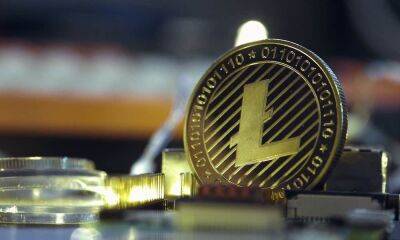


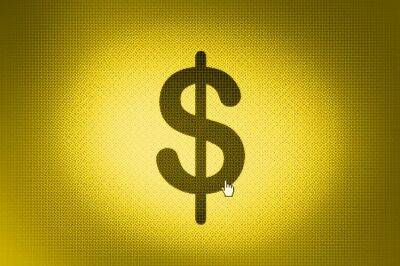
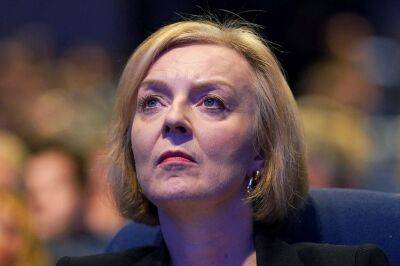
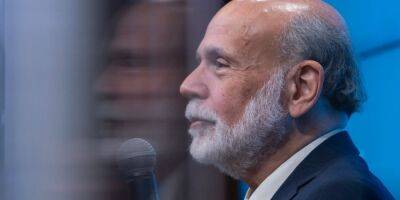
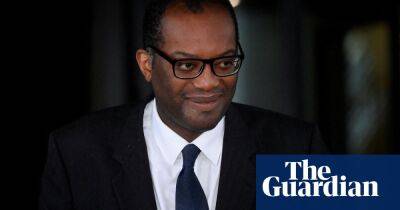
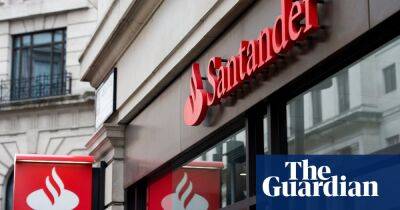


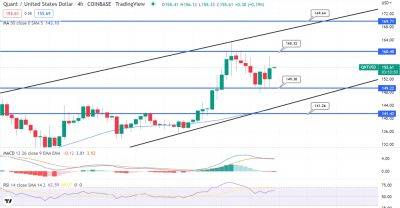
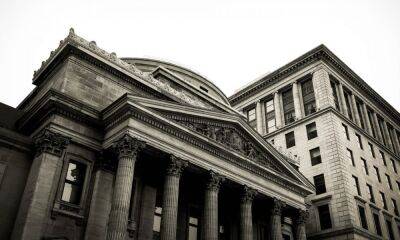
![With Bitcoin [BTC] near its range lows again, here’s what’s next](https://finance-news.co/storage/thumbs_400/img/2022/10/11/44348_rsq.jpg)

